In January 2023, Hélène Maxwell and Nicolas Nouvel moderated a panel featuring Tim Cowan (VP Corporate Development at Carbon Clean), Silvia Gentilucci (Technology Onshore Planning at SAIPEM) and Michael Evans (CEO of Cambridge Carbon Capture) to discuss the strengths and prospects of the CCaaS business model.
Below are the main takeaways from the discussion, also published on Aster Fab website.
Among the numerous decarbonization solutions under development, three major carbon capture applications stand out today: industrial point source carbon capture, direct air capture (DAC) and bioenergy with carbon capture. Although industrial point source carbon capture appears to be the main focus for most decarbonization roadmaps thanks to increasingly mature and cost-effective technologies driving greater deployment across industrial sites, several challenges must be addressed before it can reach sufficient scale, including policy and regulatory support, access to funding, public acceptance and further cost improvement.
Carbon Capture-as-a-Service (CCaaS) is a business model that is gaining ground in part to circumvent the huge CAPEX hurdles encountered in these type of infrastructure projects. By opting for a one-stop shop solution that handles the entire value chain, hard-to-abate industries can pay to capture their CO2 emissions on a per-ton basis, while other specialized actors take on the risk (and potential financial reward) of managing the full value chain from capture to utilization or storage.
CCUS adoption must increase 120-fold by 2050 for countries to meet their net-zero commitments
According to the latest Global Carbon Budget published in November 2022, if emissions are not reduced through decarbonization technologies such as Carbon Capture Utilization and Storage (CCUS), the world will have exhausted its 1.5°C carbon budget – the cumulative amount of CO2 emissions permitted over a period of time to keep within the 1.5°C threshold – in nine years. Indeed, the equation highlighted is quite simple: there are about 380Gt of CO₂-equivalent emissions left in the 1.5°C budget, and right now we use just over 40Gt of it each year.
As such, CCUS is recognized as a necessary piece of the decarbonization jigsaw, but the adoption isn’t moving fast enough. According to a McKinsey analysis, CCUS adoption must increase 120-fold by 2050 for countries to achieve their net-zero reduction goals, reaching at least 4.2 gigatons per annum (GTPA) of CO₂ captured.
Carbon Capture-as-a-Service (CCaaS): shifting capital cost to service providers, thereby allowing emitters to focus on their primary activities
In 2021, Decarb Connect conducted a benchmarking survey of industry attitudes towards CCUS that revealed that 65% of executives working in hard-to-abate industries see CCUS as ‘critical’ or ‘important’ for reaching their 2030/2050 goals. It also reveals that 41% are favorable to as CCaaS model, while 59% prefer a mix of funded and owned CCUS. In other words, no executive opted for the traditional model of owning and operating the infrastructure themselves.
Thus, the CCaaS business model appears to be a promising way to accelerate the adoption of carbon capture technology for industrial players:
- No required upfront capital expenditure
- Duty to contract with each player of the value chain is delegated
“At Carbon Clean, we use our leading technology to capture CO₂. and will work with partners to provide the other crucial elements of the value chain: compression, transportation, sequestration or utilization. Our mission is to work with industrial partners to offer an end-to-end handling of our customers’ CO₂.” Tim Cowan, VP Corporate Development at Carbon Clean.
Scaling the CCUS industry will require action by governments and investors
Tax credits, direct subsidies and price support mechanisms are beginning to encourage investment in CCUS. The US, for example, has a 45Q-tax credit that provides a fixed payment per ton of carbon dioxide sequestered or used. The IRA (Inflation Reduction Act) has increased the amount of the credit from $50 to $85 a ton for sequestered industrial or power emission, and from $50 to $180 a ton for emissions captured from the atmosphere and sequestered. In other words, they provide a direct revenue stream immediately improving the investment case for low-carbon technologies, such as CCUS. What the IRA calls tax credits, the EU calls State Aid. Yet, the panelists affirm that while the EU led the whole decarbonization movement for 30 years, the EU is now behind in terms of policy.
There is a need to scale the whole carbon capture value chain
Another element is the uneven distribution of storage sites across Europe. Often illustrated as the ‘chicken and egg’ paradox, there is a need to scale the value chain as a whole, including storage infrastructure. Indeed, a carbon capture plant will not start operating until the captured CO₂ can be transported and then either permanently stored or used. Similarly, no large-scale carbon storage project will be financed without clear commitments regarding the origin and volume of CO2 to be stored, as it determines the financial viability of the overall project.
Norway’s Longship project, which is sponsored by the Norwegian government, aims to solve this problem by supporting the whole value chain from carbon capture to transportation and storage. Captured emissions will be transported by tankship and stored deep underground using Northern Light’s open-access CO₂ transport and storage infrastructure.
Garnering public support
Finally, speakers also emphasized that addressing public concerns around the safety of these technologies will be paramount. Communicating that carbon capture is safe, effective and a needed method of climate change mitigation, can help bring people on-board and ensure that projects overcome development hurdles. “I think honesty in the media about the situation would be a true incentive. If the public understood how urgent the situation is, and understood more about the technology, there would be a lot more action”. Michaels Evans, CEO of Cambridge Carbon Capture



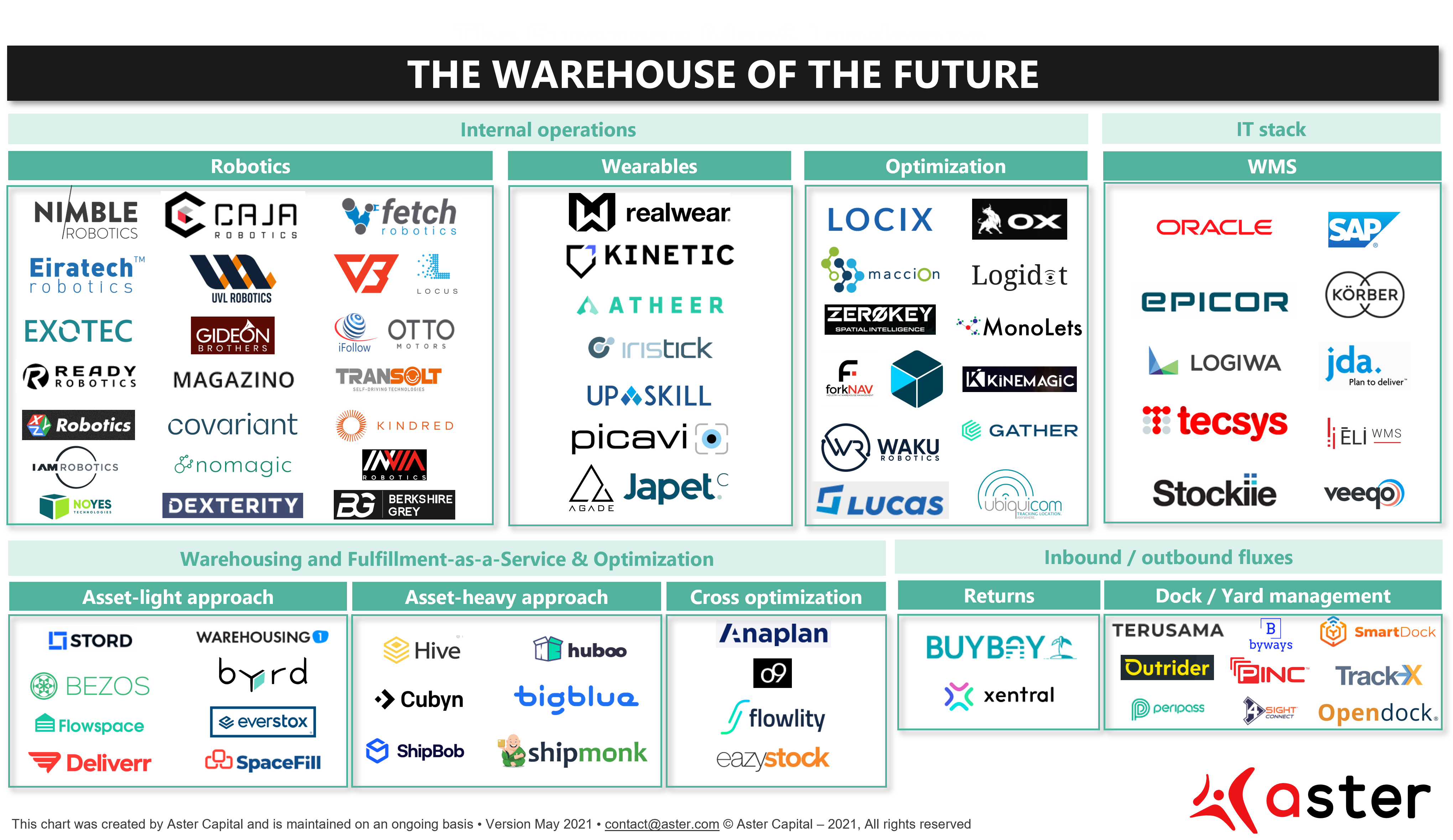
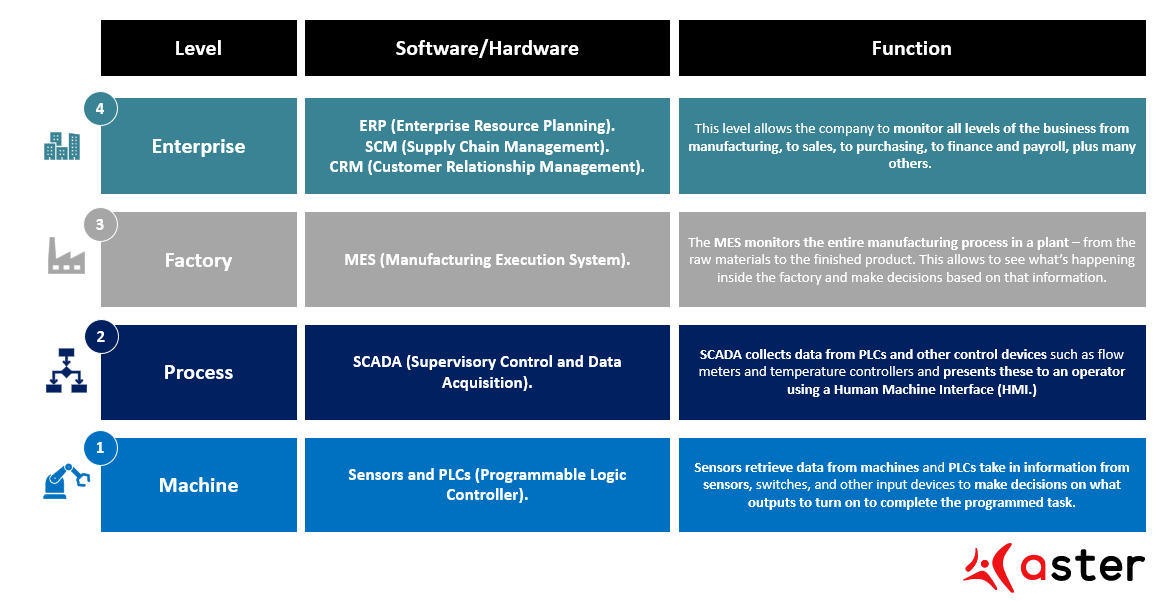
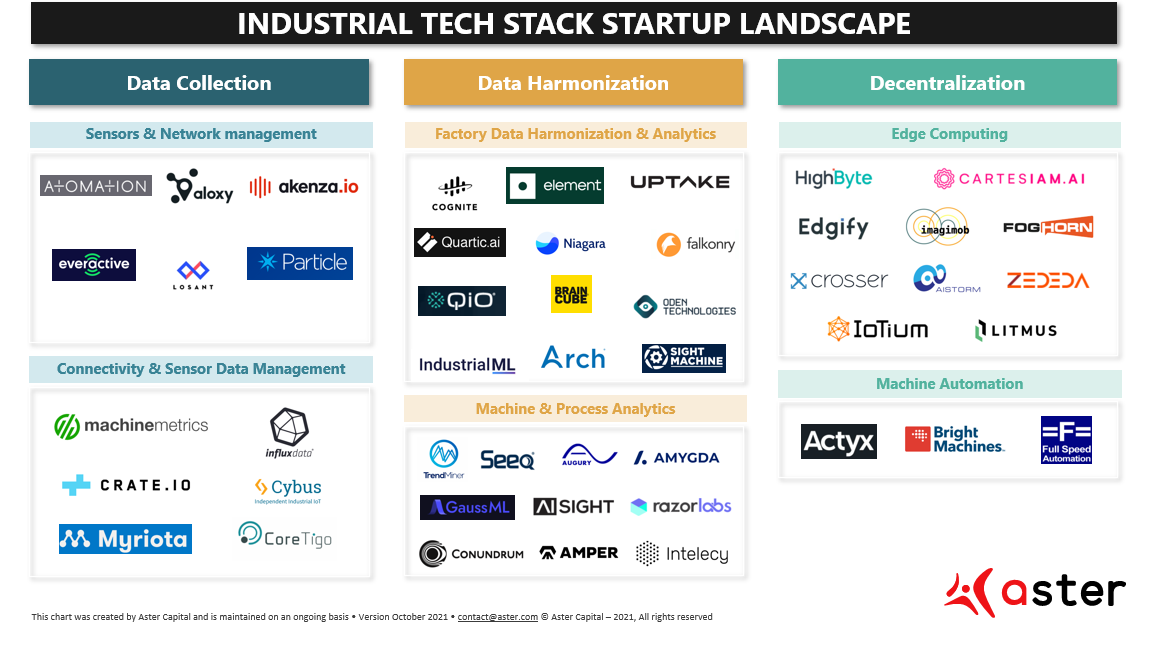

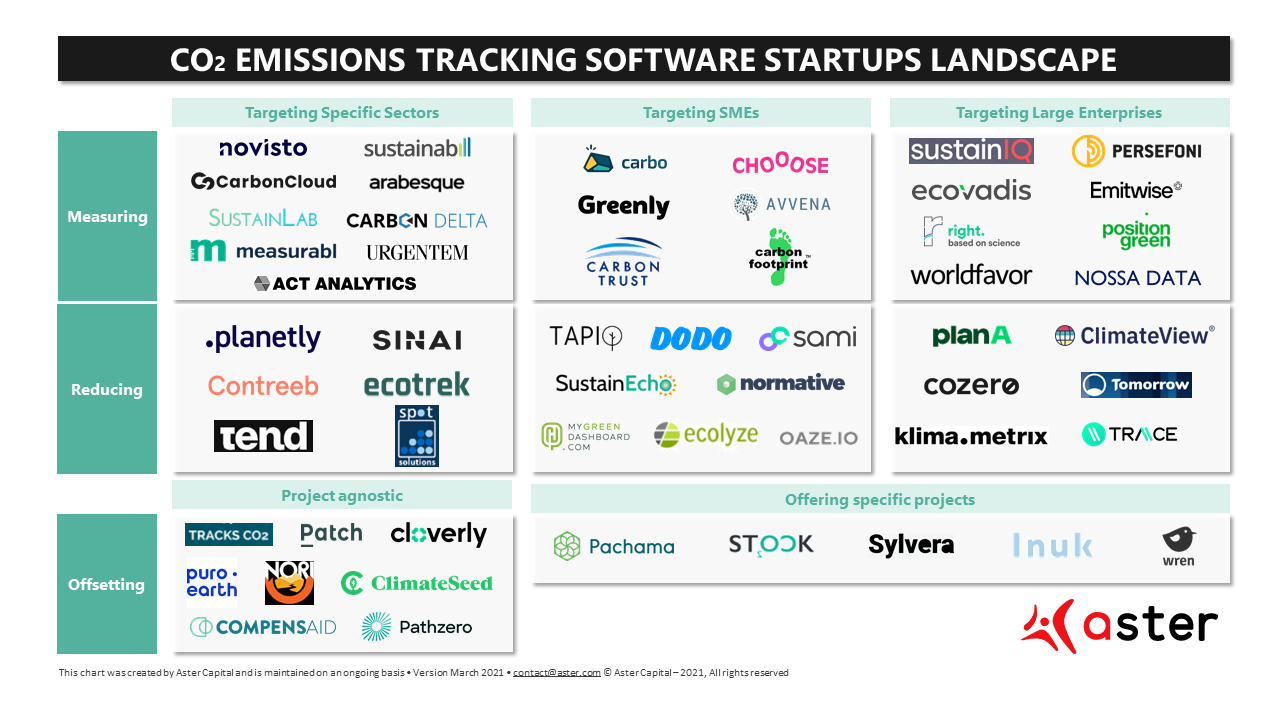
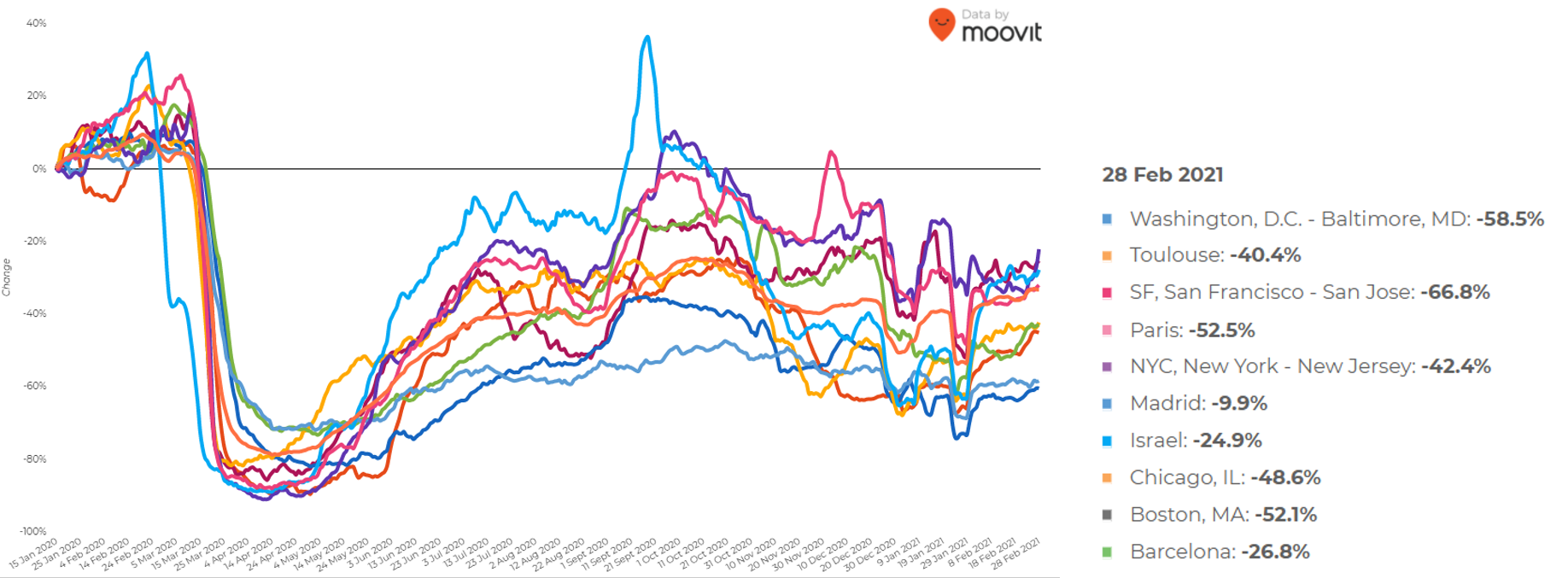
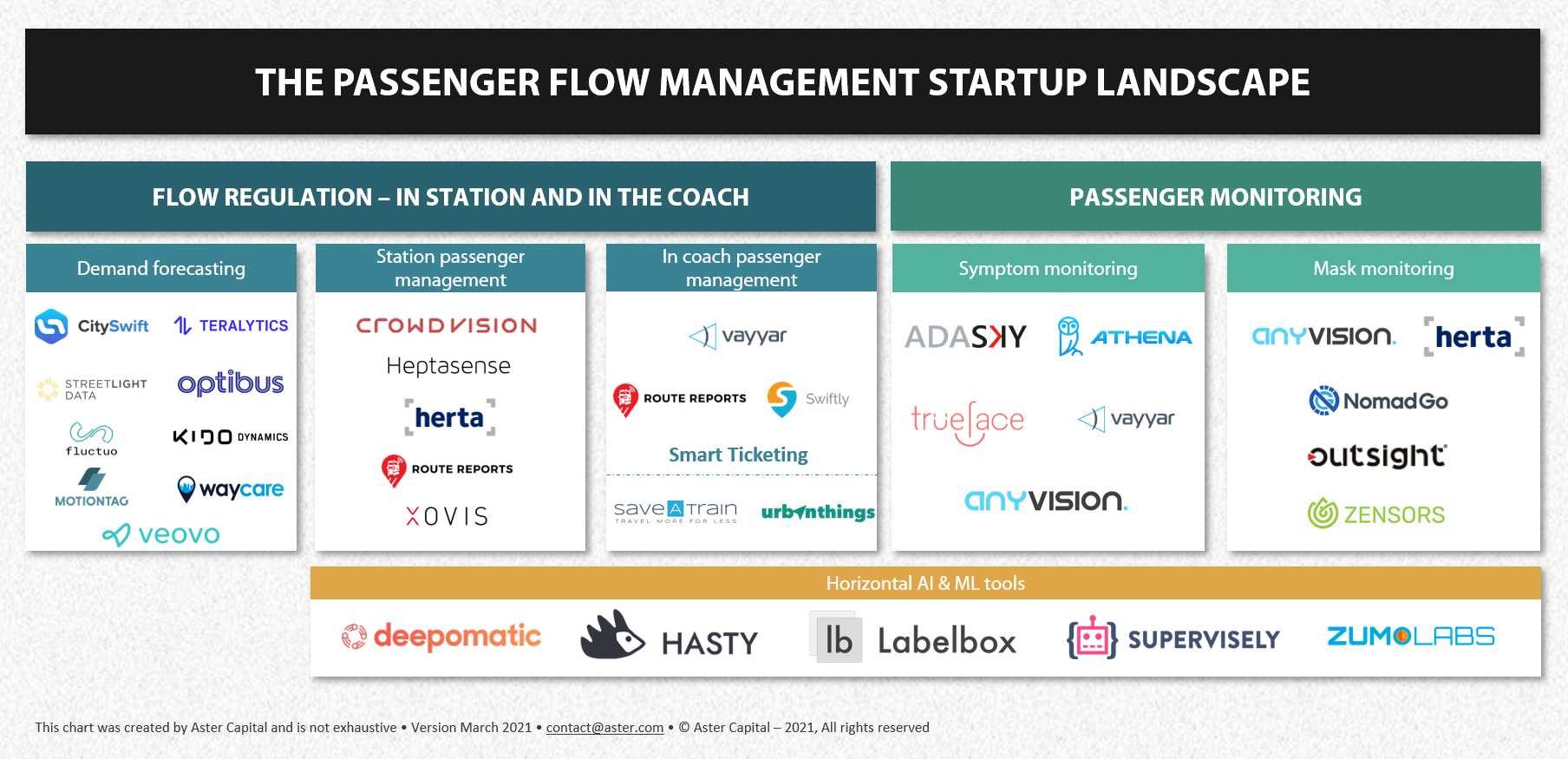

Discover